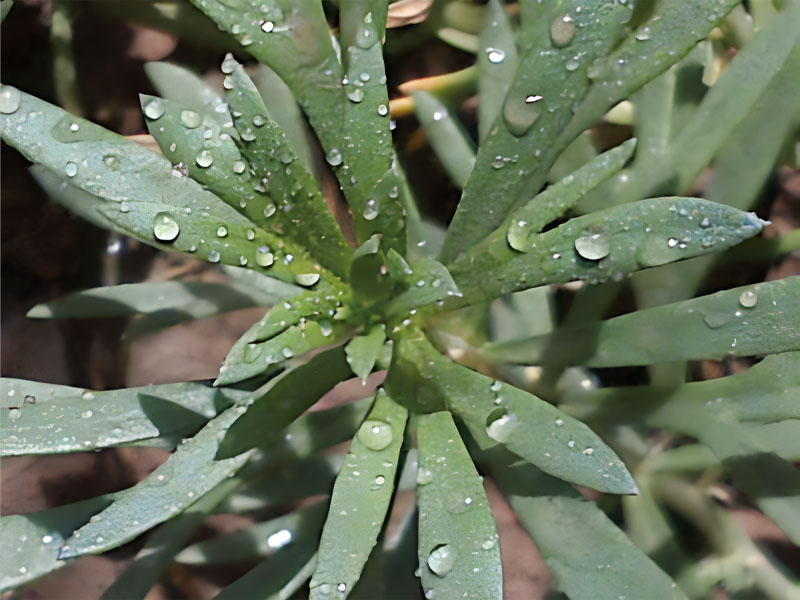Traditional Myths: The Henna Shrub and the Moon
Issue 18

ALgalaly Alghrabi (Morocco)
This paper is based on a chapter of the writer’s PhD dissertation on exploring the use of folk literature in novels.

The henna shrub is a traditional Moroccan myth that appeared in Dr. Ahmed Tawfiq’s novel ‘A Henna Shrub and a Moon’. The novel describes the lives of tribespeople in the Atlas Mountains. In this region, it is believed that in ancient times the henna plant was a large, tall tree with palm-sized leaves.
The myth suggests that henna artists used to apply henna to the left hand to repel the evil eye and other evils. When evil did befall someone, the henna drawing was considered insufficient, so righteous and devoted people recommended that a moon be drawn in the middle of the hand to prevent the evil eye, and that a tree be drawn near the ring finger, with branches that extended to the finger’s end.
According to the myth, the tree shrank because the righteous accused it of failing to keep evil away and because the tree felt that the moon played a larger role in protecting beauty. Ever since, the tree has needed the moon to protect beauty and repel evil.
In the paper, the writer provides a definition of myths and explains their role and significance. The writer introduces the myth of the henna shrub and the moon as it is related in the novel, then focuses on the symbolism of the henna and the moon, explaining their connotations in heritage and applying tools from different approaches. These include the mythological approach used by Mircea Eliade, Samuel Henry Hooke, Virginia Hamilton and Firas Al Sawah; the anthropological approach used by Claude Lévi-Strauss; the morphological approach used by Vladimir Propp and Charles Panati; Abd Al Kabir Al Khatibi’s sociological approach and the historical approach…
The paper concludes that henna and the moon have deep symbolic value in traditional culture. The moon is more sacred, revered and representational of the divine world, while henna represents the earthly world where beings are always in dire need of help from the higher world; the tree drawn on the hand will always need the divine world (the moon) to help it to protect beauty.


































































